Although I was pretty good in geography class, I had never heard of Socotra Island before my shipboard deployment. We were doing a daily hour-long calisthenics routine under the guidance of one of our warrant officers. In the middle of a jumping jack, he turned his head left off to starboard (as his back was to the forward superstructure and he was facing the stern) then looked at me and motioned in that direction. I turned to see in the distance the shape of a mountain. It was Socotra. Goddammit, I thought. The reason why is a story left to another time.
A few years later, when starting to write what would be my first novel, I determined after reading more about the Galapagos of the Indian Ocean that Socotra would be the location for the final chapters and the penultimate battle. The working title of the novel was “The Dragon’s Blood Tree,” which I thought appropriate since that tree is unique to Socotra but also because it invoked the presence of the Chinese (The Dragon). And the fictional newly discovered oil fields off its coast was the “blood tree.” The book became “The Aden Effect” and when the revised second (and retitled) version was released by my new publisher along with other two books, it became “Pariah.” It all tied together. Sometimes fiction imitates reality and reality becomes fiction. Or close to it.
Before her stood a paifang, a smaller version of the Chinese archways she had seen in Washington's Chinatown and many other parts of the world. The paifang was clearly of recent construction. Its shocking red and vibrant gold paint was still pristine.
"When did the Chinese get here?"
"A small ship arrived offshore a couple of weeks ago bringing people and supplies. They're operating out of an old Soviet base.”
"The Soviets really did have a base on Socotra? I thought that was just a rumor.”
"Connor could tell you more about it. The Soviets maintained an airfield near Qadub on the western side of the island during the Cold War. They used the base to refuel and resupply.”
"How many Chinese are here?"
"We figure about two hundred. They're mostly construction workers, as far as we can tell. They have easy access to any part of the island. It's only about seventy-five miles long and twenty miles wide.”
"This archway with the Chinese calligraphy has other script. Socotri?"
''According to our interpreter, the Chinese calligraphy says the same thing: From your friends of the People's Republic of China, for ever-lasting bonds with the people of Socotra."
Over at CDR Salamander’s Substack, he posted earlier this week about Socotra, specifically Abd-el-Kuri, a small island just west of Socotra, where the United Arab Emirates has apparently been building an airfield. Socotra – and Abd-el-Kuri are near one of the busiest maritime trade routes in the world. As Sal says:
UAE is about to become even more of a critical player of keeping the sea lanes open in that part of the world—or closing them at her will—either on her own or whoever she invites to use her facilities.
One of the first mentions of Abd-el-Kuri in newspapers is the loss of the steamship Hong Kong, sunk four miles west of the island in February 1875 with the loss of 19 lives.
A traveler wrote in 1901 in the Sydney Morning Herald:
On Sunday we sighted the last land that we shall see until we approach the Indian coast. Early in the morning we passed Abd-al-Kuri, a narrow island between Ras Asir and the western end of Socotra. It consists of two ranges of hills divided so that it appears to be two islands. Abd-al-Kuri is destitute of cultivation, and its few inhabitants are miserably poor, living chiefly on shellfish and being rarely visited by strangers.
In 1970 Abd-al-Kuri became the subject of a minor scandal, at least among philatelists, and would have definitely intrigued FDR.
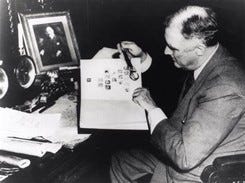

A stamp from Abd-al-Kuri began to be distributed. The director of posts of the People’s Republic of Southern Yemen announced that “Abd-Al-Kuri was part of the Sultanate of Mahra prior to Oct 1, 1967. The islands were annexed by the People’s Republic on November 30,1967,” therefore Abd-Al-Kuri has no right to issue its own stamps. There are no postal services to and from the island.” Three new stamps Abd-al-Kuri that had appeared in European markets and were expected to show up in the United States, according to Julius Weiss writing in a stamp column in the Cleveland Press.
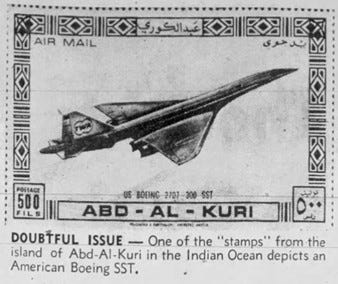
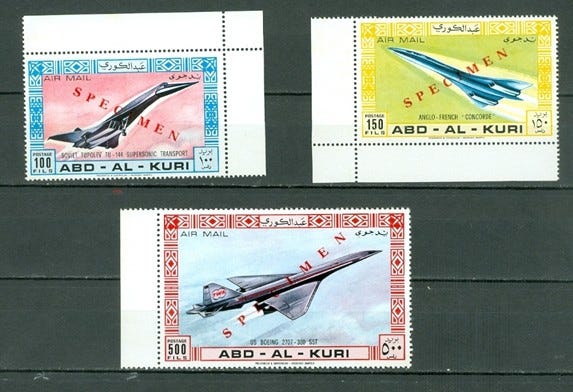
Would that we had such experts providing these gems in newspapers today, like the blogger who exposed Dan Rather’s erroneous story about George W. Bush (see 2004 Killian Documents controversy).
Socotra as a whole, however, has a greater history than its island to the east. Greek and Hellenistic influences are evident on Socotra, especially in its ancient inscriptions and myths. According to some accounts, Alexander’s successors (the Ptolemies and Seleucids) may have had contact with Socotra as they expanded trade networks in the Indian Ocean. There is some suggestion that the apostle Thomas visited Socotra in 52AD and established Christianity. Marco Polo did not visit the island but was able to write about it based on individuals who had noting that Christians lived there.
After a series of eras of control by regional powers, the Portuguese briefly seized it under Captain Diego Fernandez de Pereira. From the 16th to early 19th Centuries, the Mahra Sultanate in modern Yemen ruled it. Under the British Governor-General of India, Lord Cavendish Bentinck, the East India Company occupied the island in 1834 after purchasing it from the Imam of Muscat for 20,0000 pounds hoping to build a base but abandoned the idea. The British Protectorate was established in 1886.
In the late 19th century, one British visitor channeling their best Commander McBragg perspective on the native population wrote in a London newspaper of his visit to Socotra:
An Irish ‘patriot’ would enjoy himself to the full in a country which has neither government, law, nor constituted authority of any kind, though his pleasure would doubtless be somewhat damped by the extraordinary fact that his favorite amusement of burning houses and murdering unnamed men are almost unknown [in Socotra].
In 1880, Professor Bayley Balfour, a botanist from the University of Glasgow visited and would write The Botany of Socotra (published in 1888 as Volume XXXI of The Transactions of the Royal Society of Edinburgh).
The strategic importance of the island was clear at the beginning of the Second World War. In 1939, the Manchester Evening News wrote that “now with Italian ambitions it is more than likely that these distant isles may assume the international importance as the wheel of history revolves. In 1964, the Guardian wrote that the government was considering shifting its base in Aden to Socotra, given the fighting on the mainland.
Today Socotra does have limited tourism but facilities are sparse and getting there is a challenge. Still, I would like explore it myself someday. Sometimes you write about the places you’ve been, and other times write about the places you want to go. If you’d like to read the role of Socotra in a novel, try “Pariah.” Better yet, read the whole series before the fourth novel comes out.




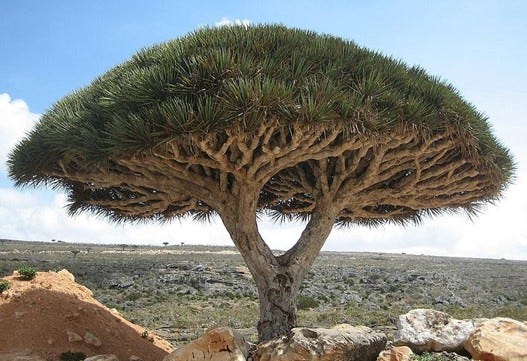

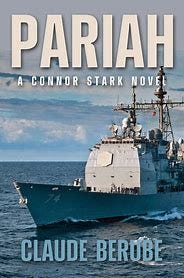
Have not been on Socrota but saw it on the way to Seeb Oman.